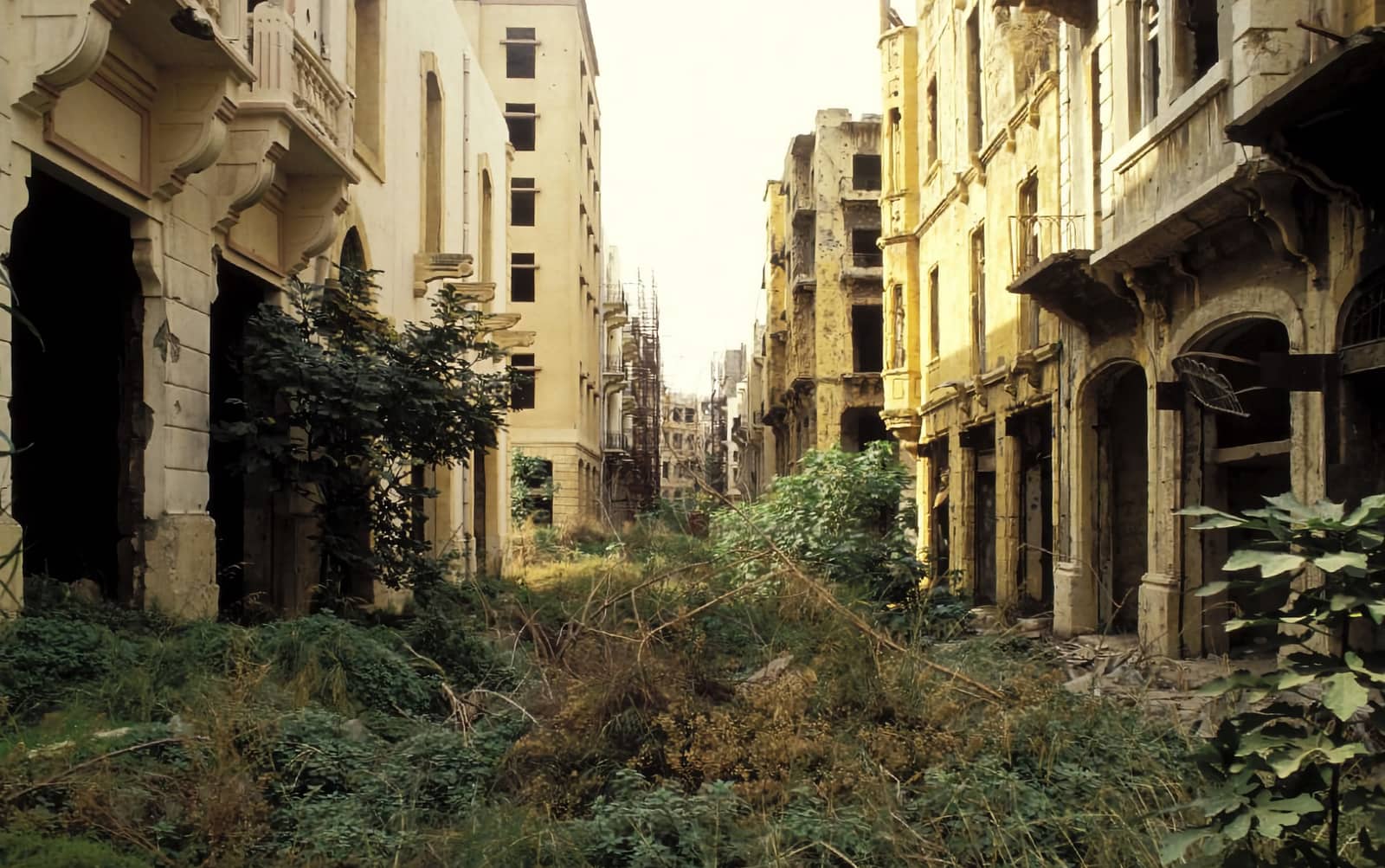Narratives of Destruction and Re-Constructions
Downloads
DOI:
https://doi.org/10.7480/spool.2021.1.5905Keywords:
Beirut Port City, Beirut Central District, Solidere, Urban Transformation, Narratives, Destruction and Re-constructionAbstract
The repeated destructions and reconstructions of Beirut have been widely acknowledged and conveyed from one generation to the next through different narratives, anecdotes, literature, and popular cultural productions. This paper describes the historical transformations of the city of Beirut from an old harbour city to a generic central district through a selection of dominant narratives, as well as alternative counter-narratives and anecdotes.
The paper argues that the post-civil war reconstruction project is submissive to the neo-liberal models of development which resulted in the generic city that we can observe today. The paper also projects two extreme case scenarios for the future development of the city, of which one seems to prevail: a scenario that has started to materialise since the sudden dramatic and deadly port explosion that hit the port of Beirut on August 4, 2020.
How to Cite
Published
References
Al-Solh R. (2004). Lebanon and Arabism: National Identity and State Formation. Tauris Publishers.
Antonius, G. (1939). The Arab Awakening: The story of the Arab National Movement. J.P. Lippincott.
Birot, P. A. (1983). Les amusements Naturels: Deux cent dix gouttes de poesie (1954-1967). [Natural distractions: two hundred and ten drops of poetry]. Rougerie
Davie, M. (2001). Beyrouth un siècle et demi d’urbanisme [Beirut: A century and a half of urbanism]. Publication de l’ordre des Ingénieurs et des Architectes de Beyrouth.
Sassine, F. & Tuéni, G. (2003). El-Bourj. Place de la Liberté et Porte du Levant [El-Bourj, Liberty square and gateway to the Levant]. Editions Dar an-Nahar.
Hayek, G. (2015). Beirut imaging the city: Space and Place in Lebanese literature. I.B.Tauris.
Hassen, J. (1998). Your Beirut is on my desk Ottomanizing Beirut under Sultan Abdul Hamid II. In H. Sarkis and P. Rowe (Eds.). Projecting Beirut: Episodes of the construction and reconstruction of a modern city. Prestel.
Hill, P. (2020). Utopia and Civilization in the Arab Nahda. Cambridge University Press.
Hourani, A. (1976). Ideologies of the mountains and the city. In R. Owen (Ed.). Essays on the crisis in Lebanon. Ithaca Press.
Hourani, N. (2005). Capitalists in Conflict: A political Economy of the life, death and rebirth of Beirut. [Unpublished Dissertation, New York University].
Jirji, Z. (1968). Mouzakarate. Dar Al-Kitab.
Kaufman, A. (2004). Reviving Phoenicia: The Search for Identity in Lebanon. Tauris Publishers
Khoury, B. (2010). Anti-Manifesto. In P. Noever (Ed.) Urban Future Manifestos. MAK Center for Art and Architecture.
Pye, L. (1962). Politics, Personality and Nation-Building: Bruma’s search for identity. Yale University Press.
Renan, E & Renan, H. (1930). Voyage en Syrie 1860-1861 [trip in syria 1860-1861], La Renaissance du Livre, coll. Nouvelle Bibliothèque Romantique.
Sehnaoui, N. (2002). L’occidentalisation de la vie quotidienne a Beyrouth (1860-1914) [The westernization of daily life in Beirut]. Editions Al Nahar.
Shorrock, W. & Spagnolo, J. (1977), France and Ottoman Lebanon, 1861–1914. London: Ithaca Press, for the middle east center.
Tanoukhi, N. (2008). The Scale of World Literature. New Literary History, Literary History in the Global Age, Vol. 39, No. 3. The John Hopkins University Press.
Tueni, N. (1979). Liban: 20 poemes pour un amour [Beirut, 20 poems for one love]. Elie Zakka.
Valéry P. (1936). Degas, danse, dessin [Degas, dance, drawing]. Ambroise Vollard.
Volk, L. (2010). Memorials and martyrs in modern Lebanon. Indiana University Press.





